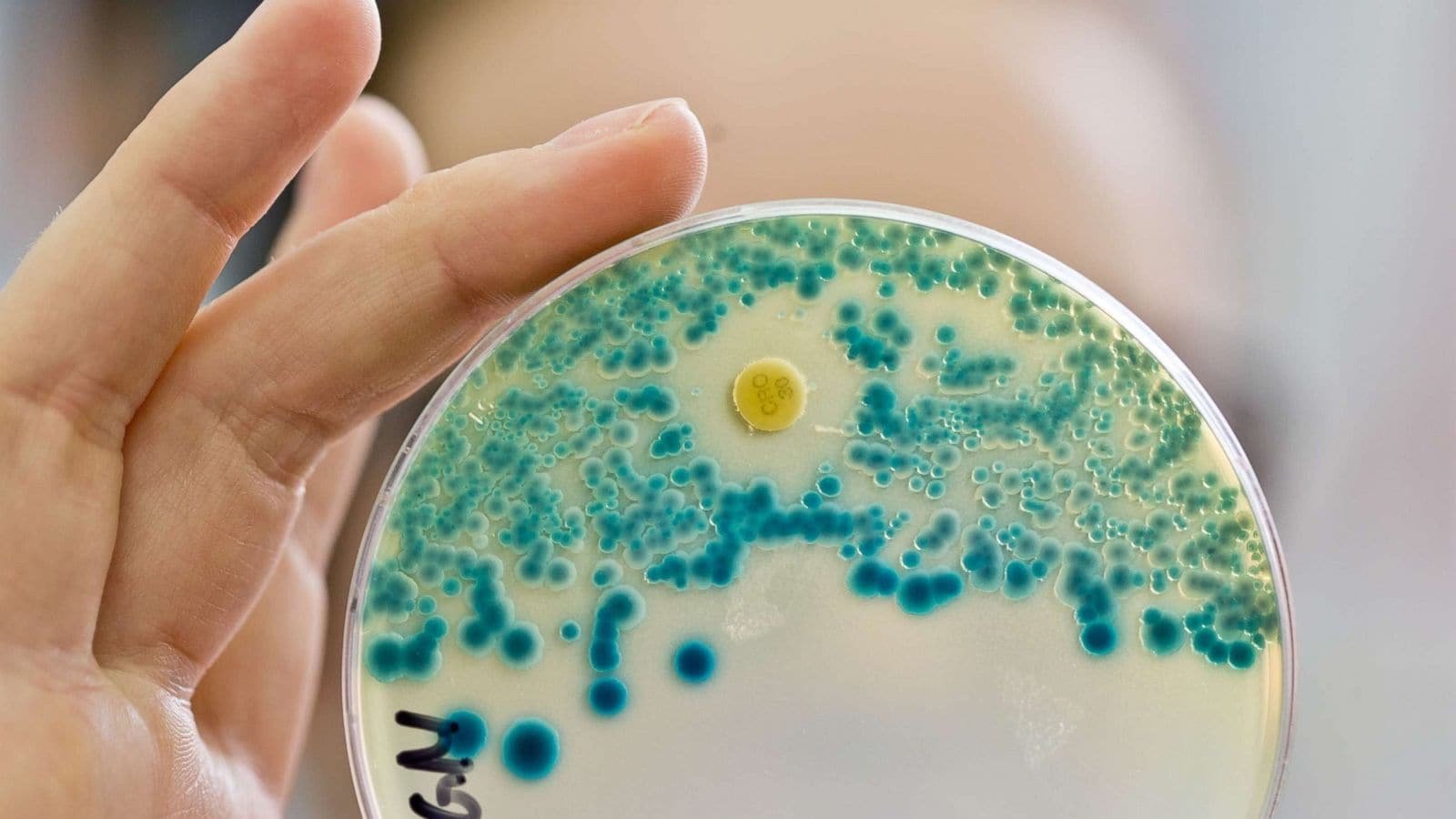The CDC reports a staggering 70% rise in nightmare bacteria infections, posing severe public health risks. Discover their causes and how to protect your family.
Infections caused by ‘nightmare bacteria’, a deadly drug-resistant pathogen, are on a surge in the US, according to the country’s Centers for Disease Control and Prevention. The CDC reports that these bacteria are resistant to nearly all antibiotics and have increased in incidence by approximately 70% since 2019. This worrying trend affects not just hospitals but also poses a significant threat to the general population, impacting anyone, anywhere. The rise in these infections has serious implications, marking a new, challenging phase in managing infectious diseases.
What are nightmare bacteria?
In recent years, the CDC has warned about bacteria that are resistant to many antibiotics, which pose a significant health risk. These bacteria are mostly resistant to carbapenems, a class of antibiotics that doctors typically reserve as a last resort for treating serious infections. In this study, researchers examined data from 29 states regarding carbapenem-resistant bacteria (CRE). This type of bacteria includes Klebsiella pneumoniae and Escherichia coli, which do not respond to carbapenem antibiotics used to treat infections when other options have failed.
“Nightmare bacteria” is a nickname for highly drug-resistant organisms, particularly those that produce New Delhi metallo-beta-lactamase (NDM). These bacteria can withstand nearly all antibiotics, making infections extremely hard to treat. Some cases also involve Vancomycin-resistant Staphylococcus aureus (VRSA) and Candida auris.
- NDM infections were once rare and primarily observed in patients treated outside their country, as reported in BMC Microbiology.
- In recent years, cases have surged fivefold, with 4,341 reported in 2023 alone.
- These bacteria can cause severe, sometimes fatal, infections, especially in vulnerable patients.
The number of infections resistant to carbapenems increased from just under 2 per 100,000 people in 2019 to over 3 per 100,000 in 2023, which is a 69% rise. In contrast, NDM cases increased from approximately 0.25 to roughly 1.35 per 100,000, representing a 460% rise, according to the study authors.
What are the symptoms of nightmare bacterial infections?
The first signs of these infections are like those of regular infections. What makes these bacterial infections different is that they can become long-lasting because regular antibiotics are ineffective against them. Signs of a nightmare bacteria infection include deadly diarrhoea, loss of appetite, abdominal pain, tenderness, and nausea, according to the CDC. Here are some common signs:
- Urinary tract infections (UTIs): You may experience a burning sensation, a strong urge to urinate, or notice cloudy urine.
- Bloodstream infections: High fever, fast heartbeat, or very low blood pressure.
- Pneumonia is a type of lung infection characterised by cough, shortness of breath, or chest pain.
- Early signs may include fever, chills, infections in wounds, or persistent infections without an apparent cause. This is especially common in clinical settings.
Why are nightmare bacteria cases increasing in the US?
The spread is no longer limited to international cases or those transmitted by international travellers. Local transmission is now a major driver, according to a report published by the CDC in the Annals of Internal Medicine. Several factors are driving the increase:
- Overuse and misuse of antibiotics in both healthcare and agriculture.
- “More people are traveling around the world and seeking medical help in other countries. This is leading to the spread of bacteria that are resistant to treatment,” Dr Neha Rastogi Panda, Consultant – Infectious Disease, Fortis Memorial Research Institute, tells Health Shots.
- Gaps in infection control practices in hospitals and long-term care facilities.
The rise in infections that can’t be treated is changing how doctors handle even simple treatments:
- Common antibiotics may no longer be effective against common infections.
- “People with chronic conditions or weak immune systems are at greater risk for complications,” shares Dr Panda.
- Hospitals must adopt stricter screening and isolation protocols to prevent the spread of Covid-19.

As Dr Smith, board-certified infectious disease specialist, explains, “We’re seeing infections that simply don’t respond to any of our usual treatments. It’s a race against time to develop new options.”
Researchers are urgently seeking answers:
- Development of new antibiotics and alternative therapies is underway, but progress is slow.
- “Better monitoring and quick tests help find outbreaks sooner.”, says the doctor.
- Public health campaigns now emphasise the responsible use of antibiotics.
A recent study in JAMA highlights the effectiveness of stewardship programs in reducing the incidence of resistant infections.
What is the best way to avoid spreading antibiotic-resistant diseases?
The problem is complex, but there are steps everyone can take:
- Only use antibiotics when prescribed by a healthcare professional.
- “Keep good hygiene, especially in healthcare settings,” suggests the expert.
- Stay informed about local outbreaks and hospital safety measures.
The CDC’s warning is clear: “nightmare bacteria” are no longer a distant threat; they’re here, and they’re growing. Staying informed and proactive is the best defence against potential threats.
Get latest updates on health and wellness along with Health News






